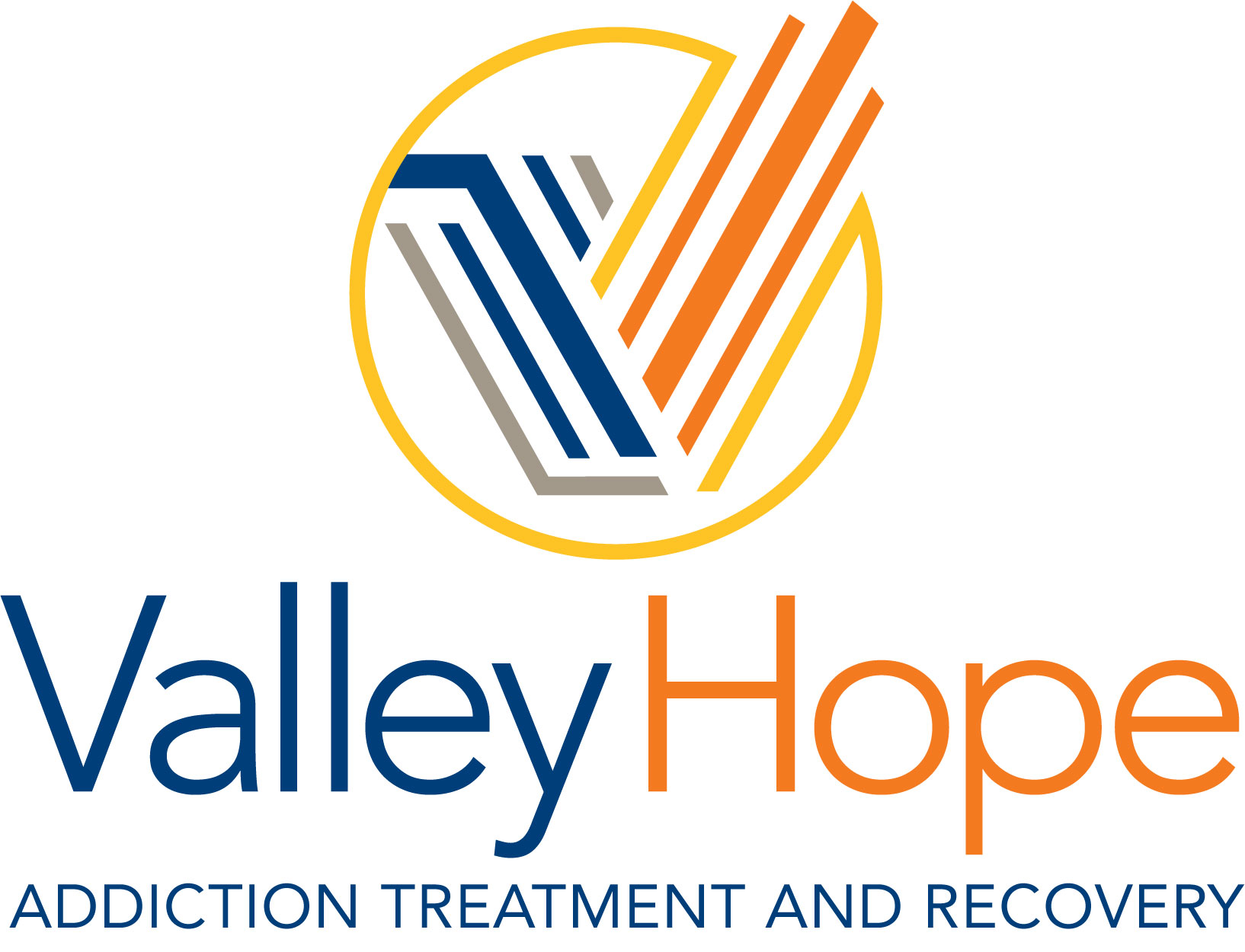As the opioid crisis continues to spread across America, alcoholism still ranks as the most prevalent of addictive substances. In fact, 17.6 million people, or one in every 12 adults, suffer from alcohol abuse or dependence along with several million more who engage in drinking patterns that could lead to alcohol dependence.
Countless research studies reveal the dangers of alcoholism and its consequences on society. According to a 2016 report, the U.S. Surgeon General classified alcoholism and other substance use disorders as “a chronic illness that we must approach with the same skill and compassion that we approach heart disease, diabetes, and cancer.” Still, most of those at risk or suffering from alcoholism do not receive appropriate treatment for their disease.
Facts about Alcoholism
With effective treatment such as the services provided by Valley Hope, many Americans are able to stop drinking and reclaim their lives. Below are key statistics that establish alcoholism as a public health crisis in need of immediate understanding and action:
- Alcohol is the most commonly used addictive substance in the United States.
- More than half of all adults have a family history of alcoholism or problem drinking, and more than 7 million children live in a household where at least one parent is dependent on or has abused alcohol.
- Excessive alcohol use is responsible for 2.5 million years of potential life lost annually, or an average of about 30 years of potential life lost for each death.
- Up to 40 percent of all U.S. hospital beds (except for those being used by maternity and intensive care patients) are being used to treat health conditions that are related to alcohol consumption.
- Every year in the U.S., roughly 5,000 people under the age of 21 die from an alcohol-related incident including car crashes, homicides, suicides, alcohol poisoning and other related injuries.
- Men are consistently more likely than women to drink in excess and are 2 times more likely to be involved in a fatal alcohol-related car accident.
- Approximately 17 percent of men and 8 percent of women will be dependent on alcohol in their lifetime.
- Many more people now die from alcohol and drug overdoses each year than are killed in automobile accidents, a stunning revelation.
- Roughly one in seven people in the United States (14.6 percent of the population) are expected to develop a substance use disorder such as alcoholism at some point in their lives.
- Nearly 28 million Americans self-reported driving under the influence in 2015.
- People who use alcohol before the age of 15 are four times more likely to develop an alcohol use disorder later in life compared to those who have their first drink at age 20 or older.
- According to the 2015 National Survey on Drug Use and Health (NSDUH), 86.4 percent of adults reported that they drank alcohol at some point in their lifetime; 70.1 percent reported that they drank in the past year; 56.0 percent reported that they drank in the past month.
- According to the 2015 NSDUH, 15.1 million adults ages 18 and older suffered from alcoholism. Only 6.7 percent received treatment.
- An estimated 88,000 people (approximately 62,000 men and 26,000 women) die from alcohol-related causes annually, making alcohol the third leading preventable cause of death in the United States.
- In 2014, alcohol-impaired driving fatalities accounted for 9,967 deaths (31 percent of overall driving fatalities).
- In 2010, alcohol misuse cost the United States $249.0 billion.
- More than 10 percent of U.S. children live with a parent with alcohol problems, according to a 2012 study.
- According to the 2015 National Survey on Drug Use and Health (NSDUH), approximately 1.3 million people ages 12–20 reported heavy alcohol use in the previous month.
- Research indicates that alcohol use during the teenage years could interfere with normal adolescent brain development and increase the risk of developing alcoholism. In addition, underage drinking contributes to a range of acute consequences, including injuries, sexual assaults, and even deaths —including those from car crashes.
- Each year, 1,825 college students between the ages of 18 and 24 die from alcohol-related unintentional injuries, including motor-vehicle crashes.
- About 1 in 4 college students report academic consequences from drinking, including missing class, falling behind in class, doing poorly on exams or papers, and receiving lower grades overall.
- In 2016, U.S. sites reported the prevalence of Fetal Alcohol Spectrum Disorders (FASD) to be as high as 20 to 50 cases per 1,000.
- In 2015, of the 78,529 liver disease deaths among individuals ages 12 and older, 47 percent involved alcohol.
- Among all cirrhosis deaths in 2013, 47.9 percent were alcohol related. The proportion of alcohol-related cirrhosis was highest (76.5 percent) among deaths of persons ages 25–34, followed by deaths of persons ages 35–44, at 70 percent.
- In 2009, alcohol-related liver disease was the primary cause of almost 1 in 3 liver transplants in the United States.
- Drinking alcohol increases the risk of cancers of the mouth, esophagus, pharynx, larynx, liver, and breast.
Hope for Recovery
Despite the daunting statistics, recovery from alcoholism is not only possible, but also achievable. More than 25 million Americans with a previous substance use disorder (SUD) such as alcohol dependence are in remission and living healthy, productive lives. Stepping out of addiction and into quality treatment is necessary to begin your recovery journey. Chronic diseases like SUD, diabetes and cancer do not just disappear without treatment.
Valley Hope offers a continuum of care that helps you through every step of your recovery, including detox, residential and outpatient treatment services, family counseling and continuing care. Our approach utilizes proven treatments and is grounded in the 12 Step philosophy that encourages you to take responsibility for your recovery and treatment. The Valley Hope experience is unique in its genuine compassionate care style, a method that has helped tens of thousands of people find successful recovery over the last 50 years.
Sources:
National Survey on Drug Use and Health (NSDUH)
The National Institute on Alcohol Abuse and Alcoholism (NIAAA)
National Council on Alcoholism and Drug Dependence (NCADD)
Substance Abuse and Mental Health Services Administration (SAMHSA)











